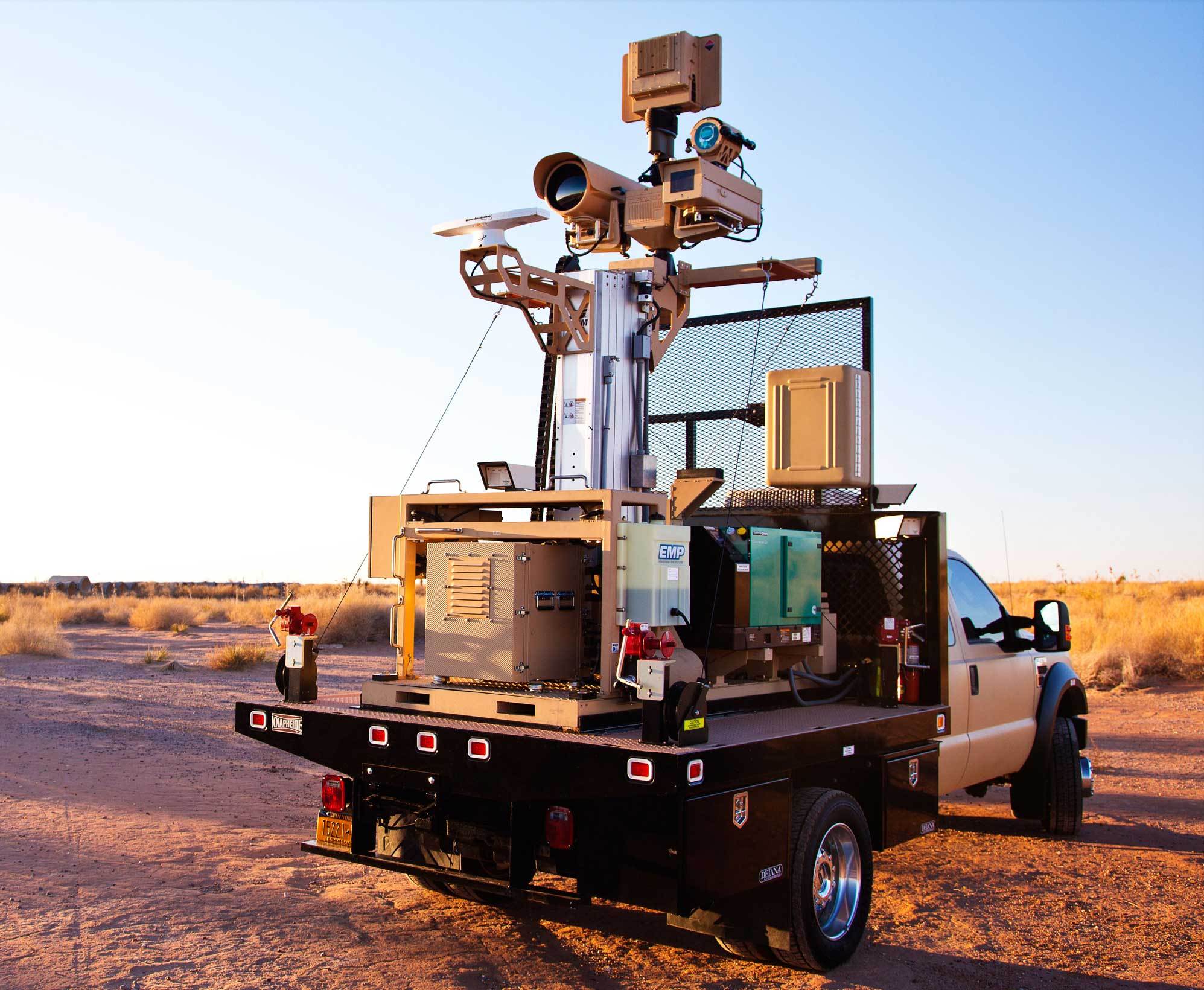Enhancing Border Security with Advanced Monitoring and Surveillance Systems
Enhancing Border Security with Advanced Monitoring and Surveillance Systems
Blog Article
In an ever-evolving world where global security is paramount, ensuring effective border monitoring and surveillance is of utmost importance. Traditional methods are no longer adequate in the face of modern threats. Here, we delve into the realm of Border Monitoring and Surveillance System, exploring their significance, functionalities, and impact on bolstering border security.

Understanding Border Monitoring and Surveillance Systems
Border Monitoring and Surveillance System: The Core of Modern Border Security
Border Monitoring and Surveillance Systems serve as the cornerstone of modern border security strategies. These integrated systems employ a variety of advanced technologies, including sensors, drones, radar, and AI-powered analytics, to monitor and safeguard border regions.
Incorporating cutting-edge LIDAR and thermal imaging technologies, these systems offer unparalleled detection capabilities, enabling authorities to identify and respond swiftly to potential threats, such as illegal border crossings, smuggling activities, and security breaches.
The Evolution of Border Security Technologies
Advancements in Surveillance Technology: Pioneering the Future of Border Protection
Over the years, significant advancements have been made in surveillance technology, propelling the evolution of Border Monitoring and Surveillance Systems. From traditional CCTV cameras to sophisticated drone networks and satellite imagery, these technologies have revolutionized the way border security is conducted.
By harnessing the power of big data analytics and machine learning algorithms, these systems can analyze vast amounts of information in real-time, providing border patrol agents with actionable insights and enhancing situational awareness along the border.
Benefits of Implementing Border Monitoring and Surveillance Systems
Heightened Security: Safeguarding National Borders Effectively
One of the primary benefits of deploying Border Monitoring and Surveillance Systems is the enhanced security they offer. By providing continuous monitoring and surveillance coverage, these systems deter illicit activities and unauthorized border crossings, thereby safeguarding national sovereignty and territorial integrity.
Moreover, these systems facilitate quicker response times to security incidents, enabling law enforcement agencies to deploy resources more effectively and mitigate potential threats before they escalate.
Improved Border Management: Streamlining Operations and Enhancing Efficiency
In addition to bolstering security, Border Monitoring and Surveillance Systems play a pivotal role in improving border management and operational efficiency. By automating routine surveillance tasks and optimizing resource allocation, these systems enable authorities to streamline border control processes and allocate personnel and resources more effectively.
Furthermore, by providing real-time intelligence and situational awareness, these systems empower decision-makers to make informed policy decisions and adapt their strategies dynamically in response to emerging threats and challenges.
Challenges and Considerations
Data Privacy and Civil Liberties: Balancing Security with Individual Rights
While Border Monitoring and Surveillance Systems offer myriad benefits, they also raise concerns regarding data privacy and civil liberties. The extensive collection and analysis of biometric data, video footage, and other sensitive information raise questions about the ethical and legal implications of such technologies.
Addressing these concerns requires striking a delicate balance between security imperatives and individual rights, ensuring that robust safeguards and oversight mechanisms are in place to protect privacy and prevent misuse of data.
Future Trends and Innovations
Towards a Secure and Sustainable Future: Harnessing Emerging Technologies
Looking ahead, the future of Border Monitoring and Surveillance Systems holds promise for further innovation and advancement. Emerging technologies such as AI, blockchain, and quantum computing are poised to reshape the landscape of border security, offering unprecedented capabilities in threat detection, data analysis, and risk management.
By embracing these technologies and fostering collaboration between governments, industry stakeholders, and research institutions, we can forge a path towards a more secure and sustainable future, where borders are protected effectively, and threats are mitigated proactively.
Frequently Asked Questions (FAQs)
1. How do Border Monitoring and Surveillance Systems work?
Border Monitoring and Surveillance Systems utilize a combination of sensors, drones, radar, and AI-powered analytics to monitor and safeguard border regions effectively.
2. What are the key benefits of deploying these systems?
These systems enhance security, improve border management, streamline operations, and facilitate quicker response times to security incidents.
3. What are some of the challenges associated with Border Monitoring and Surveillance Systems?
Data privacy concerns, civil liberties issues, and ethical considerations pose challenges to the widespread adoption of these technologies.
4. How can governments address privacy concerns and ensure accountability?
Governments must implement robust safeguards, oversight mechanisms, and transparency measures to protect privacy rights and prevent misuse of data.
5. What role do emerging technologies play in the future of border security?
Emerging technologies such as AI, blockchain, and quantum computing are poised to revolutionize border security, offering advanced capabilities in threat detection and risk management.
6. Are Border Monitoring and Surveillance Systems cost-effective?
While initial deployment costs may be substantial, the long-term benefits in terms of enhanced security and operational efficiency outweigh the investment.
Conclusion
In conclusion, Border Monitoring and Surveillance Systems represent a paradigm shift in border security, offering unparalleled capabilities in threat detection, situational awareness, and response coordination. By harnessing the power of advanced technologies and fostering international collaboration, we can build a safer and more secure world for generations to come.
Report this page